At Leonardo UK’s Edinburgh site, engineers are developing what is considered one of the most advanced Directed Infrared Countermeasure (DIRCM) systems currently available: Miysis.
During a recent visit to the site, Dave Shaw, Vice President of Sales for Radar and Advanced Targeting Systems (RATS), and Iain Scott, Vice President of Capability and Chief Technology Officer for RATS, shared insights into the development of Miysis and its growing reputation as a leading solution for aircraft survivability.
Watch my report on Misys below.
Dave Shaw explained the increasing need for self-defence capabilities on aircraft, especially those carrying personnel:
“Clearly it’s an increasing need to have some kind of self-defence capability on almost any aircraft,” he said. “Where that’s not applicable is where people are using cheaper, uncrewed platforms […] but absolutely now, anything that is crewed and has people on it going into these kinds of places, it’s an absolute requirement to have some kind of self-defence system.”
The threat from MAN-Portable Air-Defence Systems (MANPADS) has significantly increased. These portable missile systems are widely available and pose a substantial risk, particularly to low-flying aircraft. While helicopters have traditionally been the most vulnerable, recent conflicts have shown that fixed-wing aircraft are also increasingly at risk.
Historically, aircraft relied on flares and basic warning systems to counter infrared-guided missiles. However, Shaw pointed out that such methods are becoming outdated:
“Historically against IR threats, it has been flares, but flares are limited in terms of their numbers, they’re not as effective against modern multi-spectral missiles. Whereas a DIRCM system is infinite — you can always fire laser energy at the seeker head and defeat it.”
Flares come in various forms, such as high-temperature, aerodynamic, and multi-spectral variants, but they all share the limitation of finite availability. In contrast, Miysis can operate continuously, constrained only by the power available on the aircraft, making it highly effective in prolonged engagements.
Miysis also stands out because of its ITAR-free status, meaning it is not subject to restrictive US export controls. Iain Scott noted: “The Miysis DIRCM is the one that is ITAR-free, wholly reinvested. This is our product and essentially available to all the world.”
Leonardo’s legacy in laser and electro-optic pointing systems, built up over more than four decades, underpins Miysis. The company’s involvement in developing laser pointer/trackers for the Northrop Grumman AN/AAQ-24 Nemesis DIRCM system and other critical platforms laid the groundwork for the Miysis system.
Developing Miysis as an in-house system has allowed Leonardo to build on this experience, creating a lightweight, low-power, and high-performance DIRCM that can deliver powerful laser effects without heavily taxing the host aircraft.
The system’s twin-turret configuration is particularly significant. It eliminates dangerous blind spots that could be exploited by incoming threats. For larger platforms, a three-head configuration is also available. Scott highlighted the production scale achieved through the partnership with Northrop Grumman:
“We’ve done thousands and thousands of the pointer tracker part into Northrop in the US. Once you secure these programmes — and they’re hard fought — it’s 10 or 15 years of production for us.”
One of the interesting features of Leonardo’s Miysis DIRCM system is its ability to deliver continuous jamming against incoming infrared-guided missiles — a capability the team says sets it apart from many other systems. “Quite a lot of systems out there don’t have this continuous jam, which is quite critical,” I was told this is especially important for next-generation threats.
The system allows for seamless handover between its dual effectors as the missile moves around the aircraft, maintaining constant laser contact with the seeker head. Miysis can also store up to five separate jamming codes, which are loaded via a USB drive and selected by the pilot using a cockpit switch. Crucially, if the system switches codes mid-engagement, the new code picks up from where the previous one left off — rather than restarting — ensuring uninterrupted protection throughout the missile’s flight.
During the visit, the Leonardo team demonstrated Miysis in action, showing via test footage how it acquires and disrupts incoming missile threats. Dave Shaw described the system’s response:
“You’ll see one and a half seconds or so after launch, the missile has been acquired. We’re getting laser energy onto the seeker. When you see it start to spin, that’s the seeker head on the missile not really knowing where it’s going.”
This rapid engagement is crucial. Miysis directly targets the missile’s seeker, aiming to confuse and misguide it at the earliest possible stage. The system’s Time to achieve effective Energy on Target (TEoT) is a key factor in countering fast-evolving infrared-guided threats. Leonardo’s engineers emphasised that both speed and energy are critical in these engagements.
NATO trials have independently validated Miysis’ performance. At the Vidsel Test Range in Sweden, the system was tested against a range of real-world threats from various countries. Scott described the results: “These are NATO trials with lots of real threats from different nations. Our end users took their national systems to the trials. We defeated every missile that was fired. It was an outstanding success for us.”
In addition to live trials, Miysis undergoes rigorous testing in Leonardo’s System Integration Laboratory. Here, the system is evaluated on a robotic platform that simulates aircraft movements like roll, pitch, and yaw. Michael, one of the lab engineers, described the principle behind Miysis: “It’s like a really bright flashlight — if I shine a torch in your eyes, you can’t see. That’s what Miysis does to the missile seeker.”
The lab setup ensures that Miysis can maintain continuous jamming even as the platform moves, something that many other DIRCM systems struggle with. The system’s low power demands — typically less than 600W during jamming — and its lightweight design (under 40kg) make it practical for various aircraft types.
Leonardo is also working to expand Miysis’ application to larger platforms, including transport aircraft like the Airbus A400M. Michael pointed out that once integrated, the system can be more easily adapted for similar aircraft, reducing costs and integration time.
Final thoughts
Miysis is a response to a shifting threat environment — one where portable missile systems are more accessible and air platforms of all types, not just helicopters, are increasingly at risk. In this context, a system that combines autonomous operation, low power consumption, and continuous jamming offers real operational advantages.
What sets Miysis apart isn’t just its technical credentials but how those capabilities translate into practicality. Its twin-turret architecture, rapid response time, and ITAR-free status make it flexible and scalable, particularly for operators seeking options beyond traditional US-controlled systems.
Ultimately, Miysis highlights a decisive shift in how aircraft survivability is being redefined. As threats become more advanced and proliferate more widely, the shortcomings of traditional flare-based countermeasures are harder to ignore. In that context, Miysis offers a tangible leap forward — delivering persistent, intelligent protection with minimal impact on aircraft integration. Its low weight, modest power demands, and autonomous operation make it adaptable across a range of crewed platforms. Critically, its ability to maintain a continuous laser track — even during rapid manoeuvres and jam-code transitions — addresses a key limitation of many legacy systems.
While the future of airborne protection will likely include a mix of solutions, Miysis has already set a high bar. In NATO trials, its performance was reportedly flawless — successfully defeating every missile threat presented. That level of reliability, combined with its ITAR-free design and increasing international interest, makes it one of the clearest indicators yet of where survivability technology is heading — and underscores the central role being played by Leonardo’s Edinburgh site.
You can find out more about my visit to Leonardo UK in Edinburgh by watching the following video.


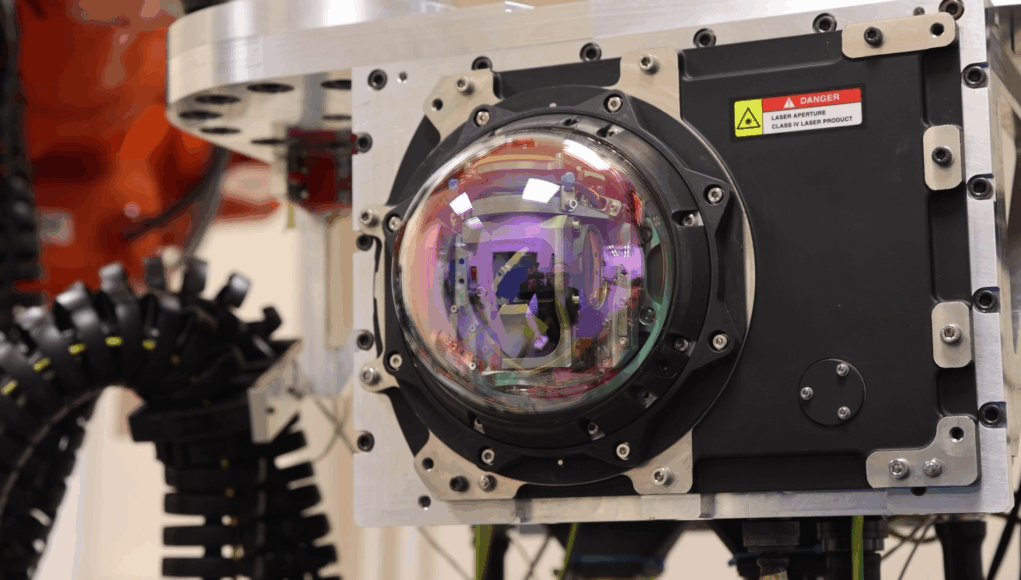






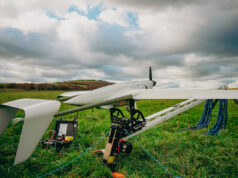
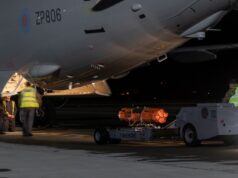
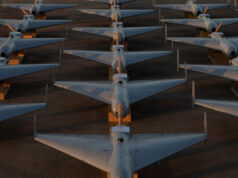
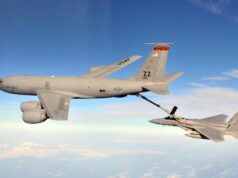
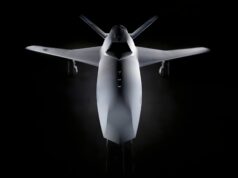

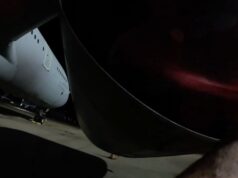


Good success story, does Miysis have a European competitor, if not should be used in all European craft hopefully.